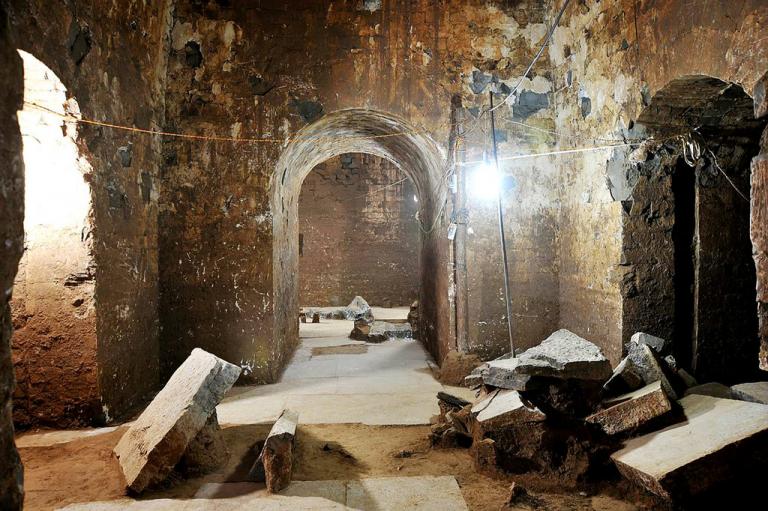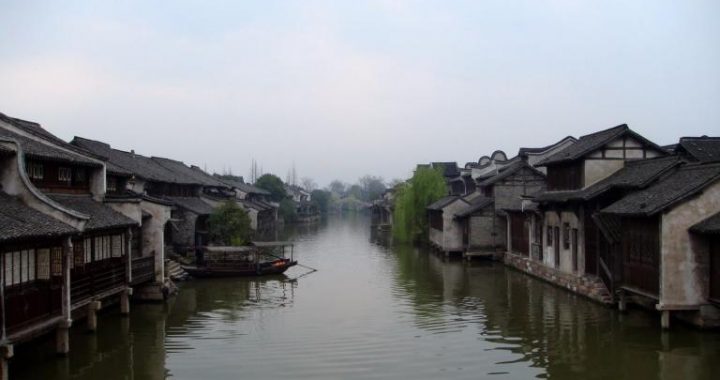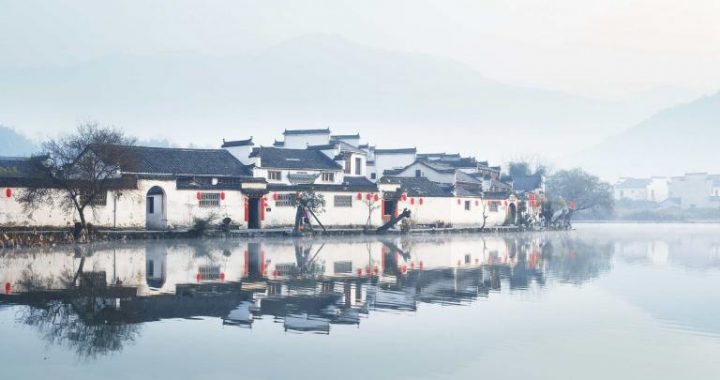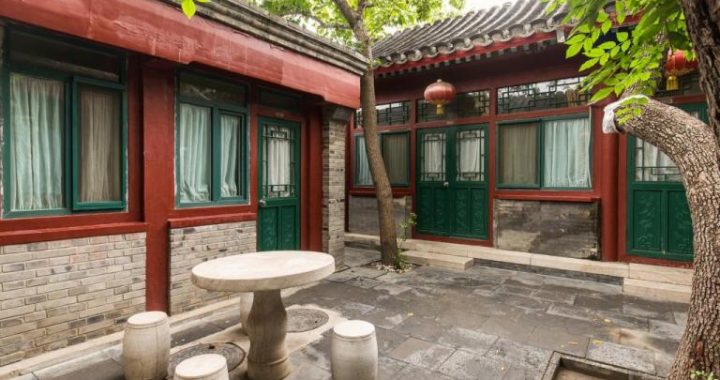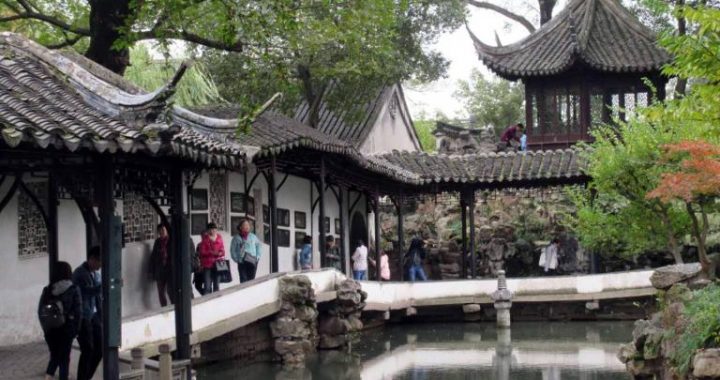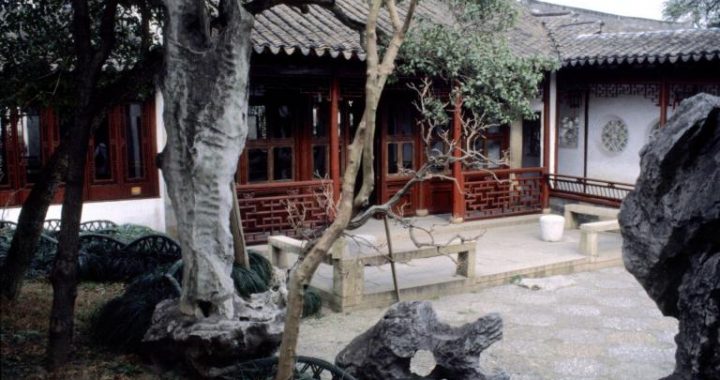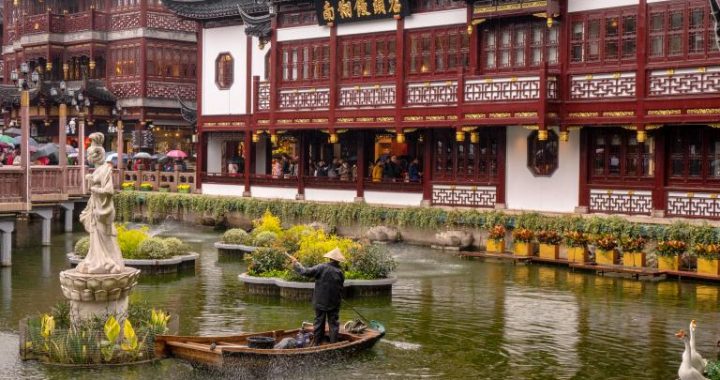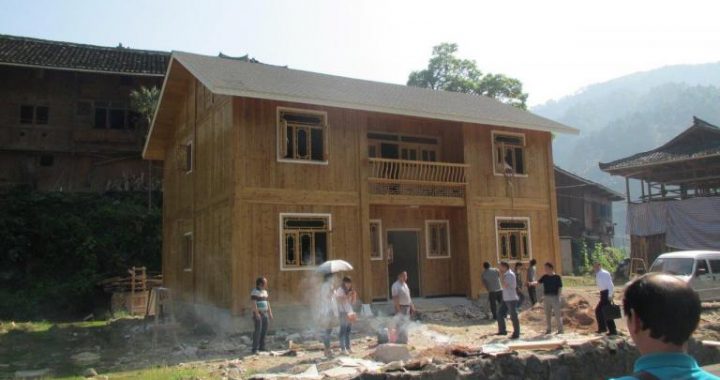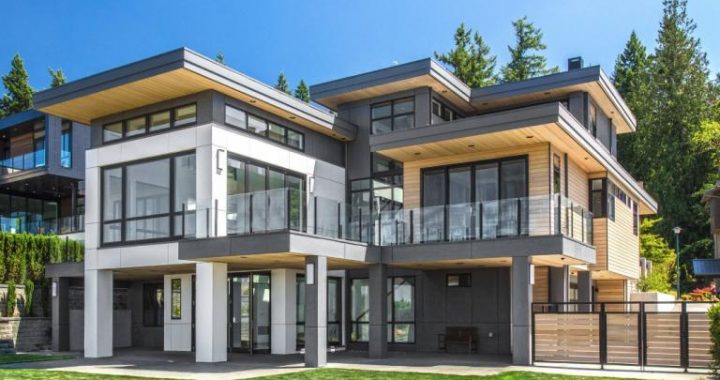Tomb Buildings
7 min readThere were 50 to 60 dynasties in Chinese history, including legendary ones, documented ones, unified ones and segmented ones. In these dynasties,300 to 400 emperors ruled the country successively. After death, most of these emperors were buried in luxurious tombs (many emperors began to build their tombs after enthronement). It is roughly estimated that from the legendary Yellow Emperor Xuan Yuan to Emperor Guangxu of the Qing Dynasty(on the throne from 1875 to 1908),300 to 400 imperial tombs were built in more than ten provinces, municipalities and autonomous regions in China.
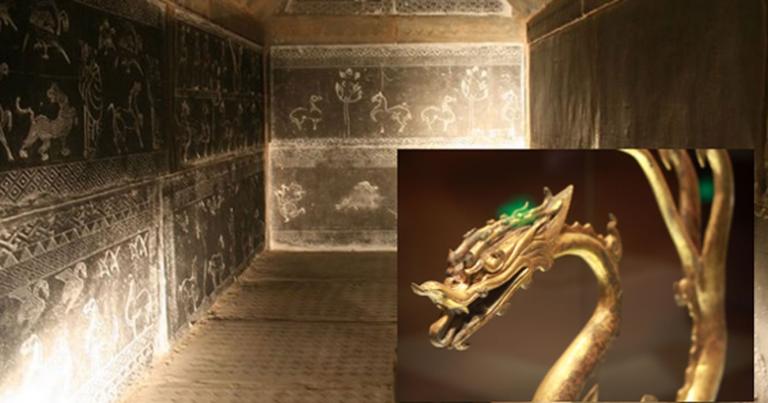
In ancient times, Chinese people “raised no mound, nor planted trees over the grave,”and funerals were very simple. In the Shang Dynasty, people attached great importance to the funeral system, and in the Zhou Dynasty at the latest, the funeral system was included into the imperial court rites. Later, holding elaborate funerals gradually became common practice of the ruling class.
A tomb consists of the underground part and the aboveground part. The underground part is the coffin chamber, which developed from the earliest wood structure to the masonry structure. In the Qin and Han dynasties, huge tombs began to be built through manual ramming, and cypress trees were planted on top, symbolizing mountain forests. Therefore, ancient emperors tombs are generally called mausoleums and mountain tombs. Only Tang tombs were”built on mountains,”mostly dug on natural mounds directly.
Among them, the Qian Tomb where Wu Zetian, the only empress in Chinese history(on the throne from 690 to 705), and her husband Emperor Gaozong of the Tang Dynasty Li Zhi(on the throne from 649 to 683) were buried together is a typical example. The aboveground part is a series of setups around the tomb in the tomb area, and there are complete systems of selected areas, entrances, tomb passages, buildings for worshipping, greening, etc.
Permanent rules on the number of carved stones, their types and their positions began to be formed after the Qian Tomb was built, and were used till the Qing Dynasty. The rules were basically the same in all dynasties.
Among so many tomb buildings, the tomb of the First Emperor of Qin can be called unmatched. It is the first imperial tomb and the largest imperial tomb in Chinese history.
The tomb of the First Emperor of Qin is located at the north foot of theLishan Mountain in Lintong, Shaanxi. The tomb is a three-layer platform of rammed earth in the shape of a tetragonal pyramid,345 meters long from east to west,350 meters long from north to south, originally about 120 meters high. After more than 2,000 years of weathering, now the height is still nearly 50 meters. According to Historical Records -The Imperial Biography of the First Emperor of Qin, in the underground palace of the First Emperor of Qin, mercury was used to simulate the hundred rivers, the Yangtze and Yellow River, and the great sea, and set to flow mechanically; images of the sun, the moon and stars decorated the top of the tomb, and scenes such as mountains, rivers, counties and cities were arranged according to Chinese mountains, rivers and landforms; lamps with giant salamander oil candles that could burn for a long time were placed in the tomb.
There are more than 400 subordinate tombs and graves around the tomb of the First Emperor of oin covering 56.25 square kilometers.In 1974,archeologists discovered three pits of terracotta warriors and horses outsidethe east gate of the cemetery facing the east and forming a triangle, shocking the whole country and the world. Nearly 10,000 terracotta figurines, hundreds of warhorses,100 chariots,a lot of weapons for actual combat and other cultural relics were unearthed from these three pits of terracotta warriors and horses.
Because these imperial tombs were built a long time ago,a lot of theirunderground coffin chambers have been robbed. The aboveground buildings of the imperial tombs built before the Ming Dynasty are all completely gone.
Only the tomb buildings of the Ming and Qing dynasties have been preservec relatively intact. The Ming and Qing tombs represent the most prominent artistic images and the most mature skills.
Thirteen Tombs of the Ming Dynasty-Typical Unified Tomb Area After the Ming Dynasty moved the capital to Beijing,a unified tomb area was formed at the foot of the Tianshou Mountain in the northern suburban area of Changping. It is also the grandest mausoleum building complex in Chinese history called the “Thirteen Tombs.”
The Thirteen Tombs are a unified tomb area, and each tomb has a complete system, occupying a hill and consisting of the main gate, the main hall, the soul tower and the treasure house. Because the Chang Tomb was deemed as the ancestral tomb in later generations, the sites of other imperial tombs were selected on both sides of the Chang Tomb. To manifest respect for ancestors, the architectural scale was reduced to “venerate the ancestral tomb.
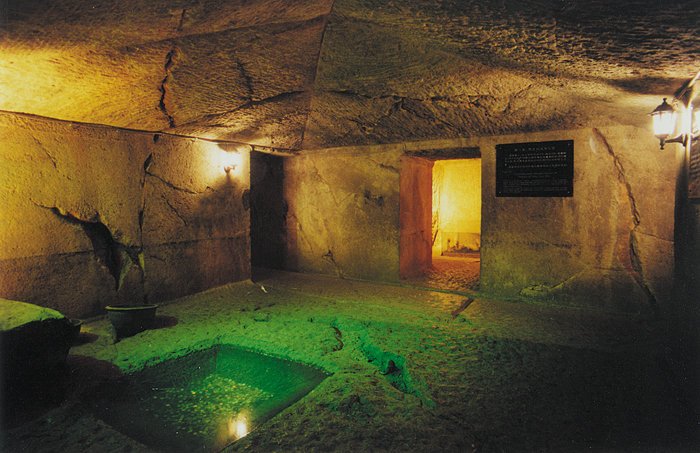
“Thus, the scale and structure of the Chang Tomb was clearly highlighted, and it became a typical representative of Ming emperors’ tombs.
The entrance of the whole tomb area is a tall six-pillar stone archway.
Inside the stone archway is a seven-kilometer tomb passage, which originally led to the Chang Tomb and later became the main tomb passage shared by all tombs. It winds between the sand mountains on the left and right and leanstowards the smaller one slightly, realizing a delicate balance between the visual effects of the two sand mountains’ sizes. The tomb passage passes theGreat Red Gate, the Stele Pavilion and stone animals and reaches the Dragon& Phoenix Gate(equivalent to the Lingxing Gate). The decorative stone animals in front of the tombs symbolize guards in the real world.
The central axis of the Chang Tomb is opposite to the main peak of the Tianshou Mountain with one small”sand mountain”in the east(Mang Mountain)and one in the west(Huyu Mountain),representing the black dragon and white tiger in feng shui theories and guarding the mausoleum.The main hall is beyond the main gate in the cemetery.It is divided into nine bays under a double-eave hip roof.Though its standard is lower than that of the Hall of supreme Harmony,its fa?ade is broader.There are 12 golden nanmu wood pillars in the hall.The largest four pillars 1.17 meters in diameter are unmatched in China.
The soul tower behind it is connected with the treasure house.There is a two-column gate on the tomb passage in front of it and five containers of symbolic sacrifices placed on stone altars.They diversify the spatial layers of the mausoleum’s central axis,and set off the imposing overall momentum of the soul tower with sharp contrast of shapes and sizes.
Eastern and Western Qing Tombs-The Most Complete Group of Mausoleums of Empresses and Imperial Concubines.
After the Qing army entered the Shanhai Pass,to consolidate the regime,all Manchu rulers actively absorbed advanced Han culture and advocated Confucian doctrines on governance like past feudal dynasties.Correspondingly,a complete system of strict rules on mausoleums as important carriers of the patriarchal clan system and the ethical code was established in light of that of the Ming Dynasty, and two unified tomb areas were formed: the Eastern Tombs located on the Changrui Mountain in today’s Malanyu, Zunhua, Hebei Province and the Western Tombs located on the Yongning Tomb west of today’s Yi County, Hebei Province. Qing emperors were buried in the two tomb areas alternately according to the father-son order, and the “father-sonsystem of eastern and western tombs”was established. Apart from imperial tombs, there are also empress tombs built after Emperor Kangxi abolished the Ming Dynasty’s outdated ban on building empress tombs and concubine tombs built near imperial tombs, but the sizes are obviously smaller and there are obvious partial alterations. The Qing Dynasty’s mausoleum system is more complete than that of the Ming Dynasty. Distribution of numerous concubine cemeteries besides various imperial tombs is a prominent characteristic of Qing mausoleums.
Among the Eastern Qing Tombs, the Xiao Tomb of Emperor Shunzhi, the first Qing emperor to enter the Shanhai Pass, was the main tomb.
Great importance was attached to “coordination with the great momentum of mountains and rivers”in building Qing mausoleums. The Xiao Tomb is at the south foot of the Changrui Mountain(the so-called “dragon vein”in feng shui theories), facing Jinxing Mountain(a mountain facing distant scenery); the Yingbi Mountain(a mountain facing nearby scenery) lies in the middle. These mountains form the axis of the Xiao Tomb. The mountains and rivers within dozens of li are included into the area of the mausoleum, forming impressive momentum.
The tomb passage about ten lilong links a series of buildings including the Great Red Gate, the changing hall, the big decorated archway, stone animals, the Dragon & Phoenix Gate, the bridge with seven openings, the bridge with five openings, the dismounting stele, the small decorated archway, the waiting room for officials, the guard room, the Gate of Eminent Favor, the Hall of Eminent Favor, the glaze flower door, the two-column gate, the soul tower, the top, etc.
Other mausoleums are distributed on the east side and the west side around the Xiao Tomb. They all face the south towards the Jinxing Mountain.
The branches of the main tomb passage of the Xiao Tomb lead to various tombs, forming a complete system. All tombs have the same structure and similar sizes, only different in materials, engravings and burial articles.
The pattern of the Western Tombs is basically the same as that of the Eastern Tombs: the Tai Tomb of Emperor Yongzheng under the main peak of the Yongning Mountain is at the center, and other cemeteries are distributed in the east and west. The difference is that the stone animals and the Dragon& Phoenix Gate of the Eastern Tombs are behind the bridge with seven openings, while those of the Western tombs are in front of the bridge with seven openings. There is only one stone archway at the entrance of the Xiao Tomb. Three uniform stone archways tower outside the Great Red Gate of theTai Tomb, forming a triangle. They are larger than the stone archway of the Xiao Tomb, and their carvings are especially complex. The perfect combination of this arrangement and the feng shui pattern strengthens the spatial and artistic effect of the entrance of the tomb area.
